Publisher Profile: Arbordale Publishing
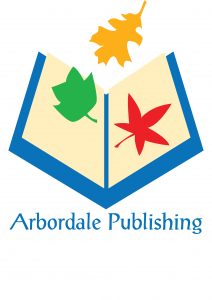
The CBC asks Donna German, Editor, questions about the publisher.
How did your publishing house start out?
We started the company with the goal of getting young children excited about learning science and math through picture books. We figure that if parents are reading to their young children, why not build a strong foundation for future learning in a fun way? The For Creative Minds activities in the back of each book are designed to engage children in deeper learning of whatever the underlying science/math subject is. These activities are loosely based on some of the activities my daughters did with US National Park Jr. Ranger activities—I noticed how much more information they retained after doing those activities.
What is your publishing house most known for?
We only publish picture books with a science or math theme. Fictional stories generally have some nonfiction facts woven into the story. Nonfiction books have “lap appeal” so we can visualize parents with kids on their lap or in bed reading the book together. We add several pages of nonfiction, engaging activities to the back of each book (For Creative Minds). These activities are developed so that parents who forgot (or never learned) the subject can still “teach” their kids, and the kids have better retention because of the activities (not just lists of facts).
Where in the country is your house based? What do you love about being based there?
We are located in the South Carolina Lowcountry, a few miles from the beach and a few miles from historic downtown Charleston. If you’ve watched the Netflix show Outer Banks, you’ve seen the area in which we live as it’s filmed here. Beautiful!
Has your house ever gone through a merger? If so, with who and when?
No, but we did have to change our name from Sylvan Dell Publishing to Arbordale Publishing following a settlement to avoid a lawsuit from a tutoring company that didn’t like our name. Both names refer to a “wooded valley.” Our logo shows leaves falling into an open book/valley (fall into reading).
What has been the biggest change your house has made and retained since the pandemic started?
- Previous to the pandemic, we always printed books in both hardcover and paperback formats. We are no longer printing in China and have not been printing hardcover since the pandemic. I’m not sure when/if we’ll print hardcover again as it’s so expensive to print in the US.
- We used to ship out every day of the week and now only ship books out 3 days per week.
- Additionally, we all realized that we liked working from home so we all work in the office Monday to Thursday and work from home on Fridays.
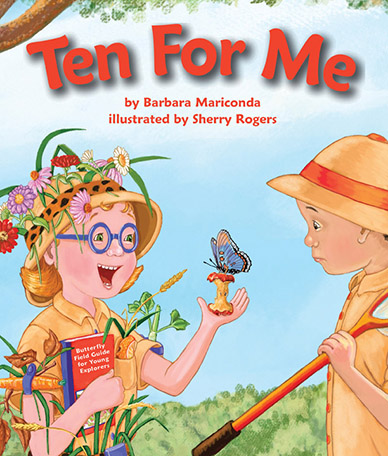
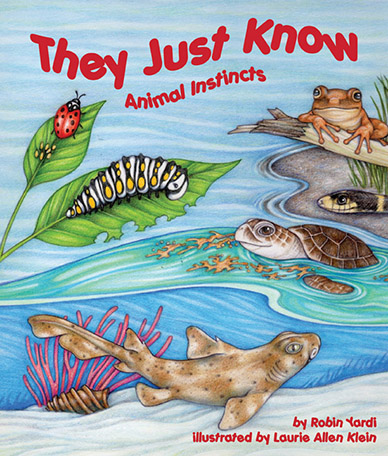
How many full-time employees does your house have?
Under ten. We all work very hard doing whatever needs to be done!
How many books does your house aim to publish per season/year?
Our goal is to publish 10-15 books a year, but we don’t always reach that number.
Which genres does your house prefer to publish?
Given our science and math through picture book mission, we publish nonfiction and what I call “Historical Fiction” but with science (not to be confused with Science Fiction). We also look for folktales that try to explain scientific events.
Which formats does your house prefer to publish?
Paperback trade.
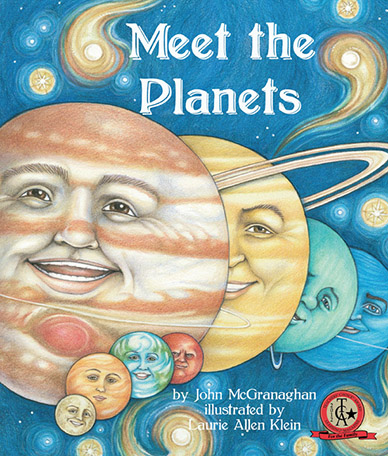
What are some of your house’s publishing priorities over the next few years?
We have done very well with our “compare and contrast” books and anticipate publishing more of these titles. The ability to look at and describe how things are alike/different is a great critical thinking skill needed for all core-subject learning. And the books are great for parents/teachers to look at and discuss the images (photos) with their children.
Which title has your house recently rallied behind?
Pooper Snooper by Jennifer Keats Curtis and Julianne Ubigau, illustrated by Phyllis Saroff, is a great story of how scientists (including Julianne) use dogs to track scat (feces) of endangered animals so scientists can learn more about those animals. Who doesn’t love a good dog story AND something about poop!?
Which of your frontlist titles would be great for a school or public library?
All! Given the science and math through picture book mission, all of our books are great for school and public libraries!
Which of your frontlist titles would be great for a classroom? Which grade?
Again, ALL books are perfect for elementary classrooms, whether used as a read-aloud by the teacher or read alone by students. We even know that some high school teachers read our books in their classrooms to introduce/supplement concepts in their science classes! Given our mission, elementary teachers can use our books during “language arts” to introduce, supplement, and support science and math subject learning—a great way to save time and to kill two birds with one stone!
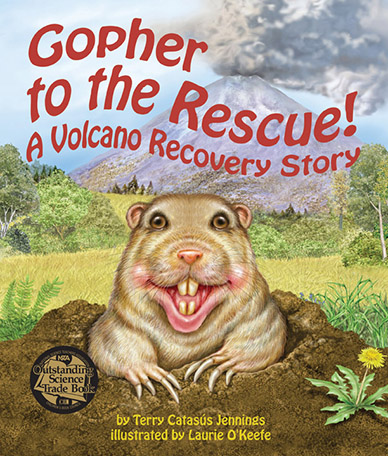
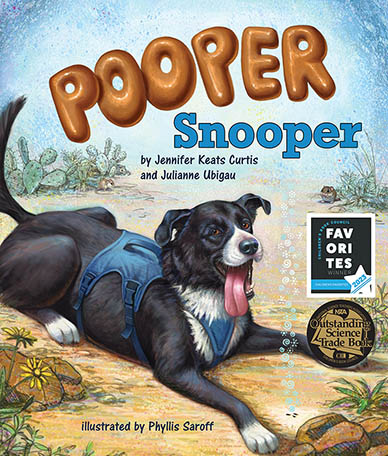
Which of your frontlist tiles would be great for an at-home library?
All! Parents are children’s first teachers, and young children are sponges for learning. Several years ago, a dad reached out to us to tell us that he had been reading Gopher to the Rescue! A Volcano Recovery Story to his 4-year-old son. After multiple readings, his son asked what causes volcanoes to erupt. The dad admitted that he didn’t recall enough information to explain it so he opened the For Creative Minds section and they both learned about plate tectonics and volcanoes together. The dad said that for weeks after that, the little boy told everyone all about the earth’s “puzzle pieces” and plate tectonics. While that child may not remember details when it’s introduced in school, he may remember some information and he surely has a good foundation to learn more.
Name a few of your favorite backlist titles that people should check out.
Asking an editor which book is their favorite is like asking a parent which child is their favorite! With that said, I do have books that I think go above and beyond a normal “picture book.”
- They Just Know: Animal Instincts is perfect for classes learning about inherited traits versus learned behaviors. Robin Yardi’s text is really cute and draws kids in. On the first page about an animal, the text is flat-out silly (kids love and relate) and the second page gives nonfiction information. In my opinion, Laurie Allen Klein’s illustrations take the book to an even higher level. The whimsical illustrations of the first part make kids laugh. The second page for each animal is realistic and shows entire life cycles for animals like butterflies, frogs, etc.
- Meet the Planets by John McGranaghan. One can “hear” the game-show narrator pitching each planet as to why that planet should be the favorite. Once again, Laurie Allen Klein has taken the book to a new level. She includes all kinds of fun references in the art, although I did make her remove Princess Leia because I was concerned about copyright/licensing issues. As an example, the art spread for Venus mimics Botticelli’s “Birth of Venus.” What historical figures can you spot in the book?
Something I look for in manuscripts is a way to introduce multiple subjects or concepts in one book. Ten for Me by Barbara Mariconda, illustrated by Sherry Rogers is just such a book. The text introduces kids to the “ten make friends” addition, the life cycle of butterflies, AND the interaction between plants and animals. Illustrations include tally marks as the two characters compete to see who can catch the most butterflies. And repeating lines of text makes it easy and fun for beginning readers to anticipate what’s coming.
What else would you like to tell us about your house and the amazing work you all do?
All of our books are automatically translated into Spanish and released in paperback format at the same time (or close to) as the English format.
Thank you, Arbordale Publishing!

